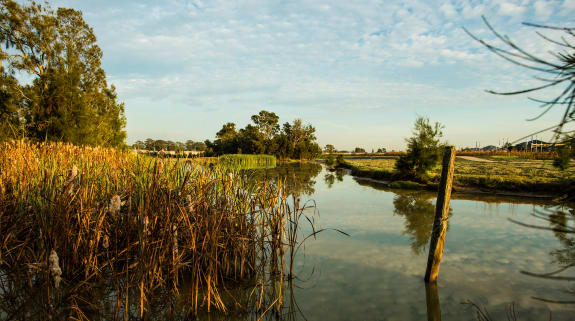Satoyama: turning your own backyard into a native ‘Ribbon of Green’
At Sekisui House, every element of the home is carefully considered to create an environment that supports wellbeing for every stage of life. Our Comprehensive Research and Development Institute in Kyoto, Japan, houses a specialised experience studio that analyses how people live in their homes, their movements and behavioural patterns. It looks at how homes can be designed to help develop the minds and bodies of children, the differing needs of the elderly, and people with permanent and temporary disabilities.
But we also believe that our role in creating homes and communities doesn’t stop with the physical building. We believe the environment outside of our homes’ four walls is just as important for wellbeing as that within the four walls.
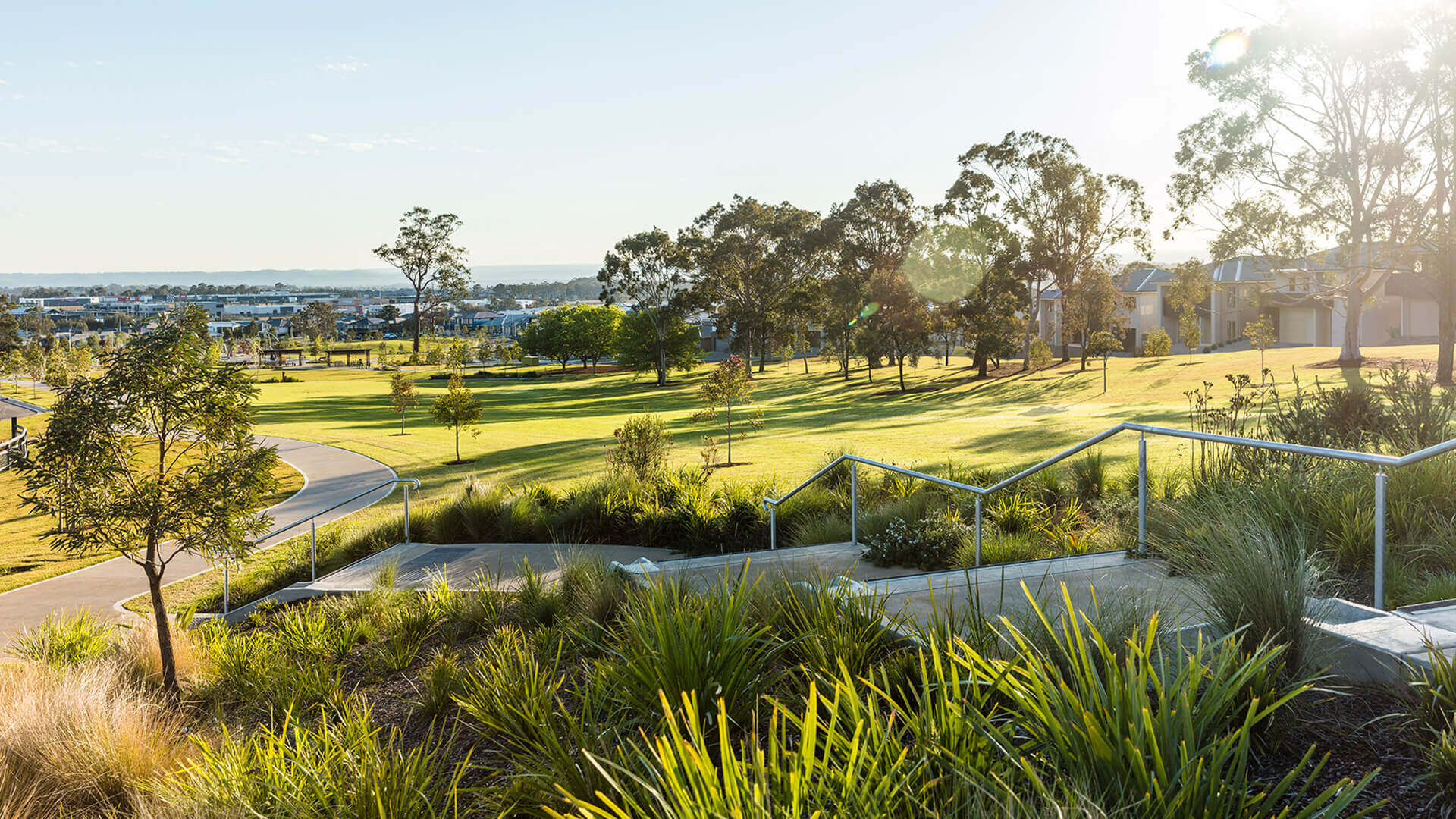
Gledswood Hills Reserve, the 3km green corridor which spans Gledswood Hills from north to south
The Japanese philosophy of Satoyama, or ‘ribbons of green’, is central to each of our communities across Australia and the world. Satoyama is based on the idea that mutual benefits can be gained between people and the environment if communities take the time to care and nurture their green spaces. The environment will thrive from our attention, and in return, it will enrich us with tranquil spaces, and improve our health, happiness and wellbeing.
"Satoyama is all about communities and nature co-existing. It’s about the importance of open green space and the preservation of bio-diversity. It’s about celebrating our native flora and fauna, and ensuring the whole community can benefit."
In Gledswood Hills, New South Wales, the concept of Satoyama is visible everywhere, from rolling parklands, creek and river ecosystems, to community pocket parks and private backyards. Each home has many vantage points where you can catch glimpses of leafy greenery and nature at its finest.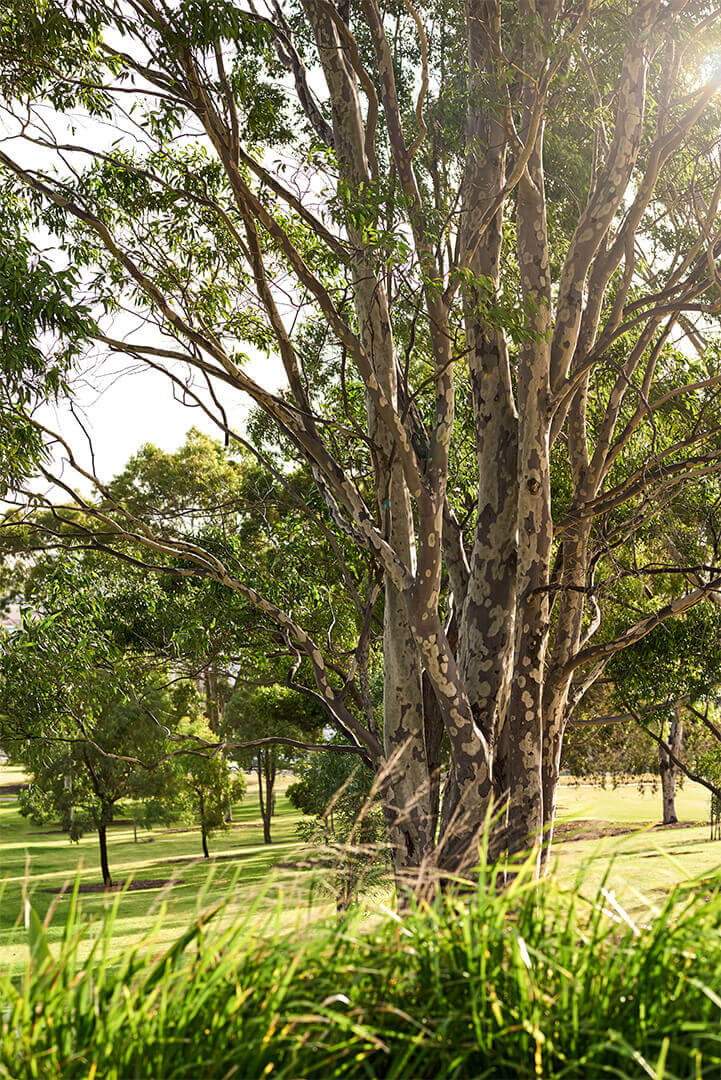
The majestic beauty of Spotted Gum trees are seen throughout Gledswood Hills
Look up and you’ll see Spotted Gum (Corymbia Maculate) towering up to 30m tall with its distinctive smooth, mottled bark and delicate white flowers, or the Water Gum (Tristaniopsis Laurina) which grows up to 15m tall and is known for its lush, deep green leaves and clusters of scented yellow flowers that bloom in summer.
And don’t forget to look down. Even the grasses and groundcovers are not to be missed, with the bright pop of colour from Pigface, the firework spray of Lomandra grass and the vivid blue foliage of the Dianella, or Blueberry Lily.
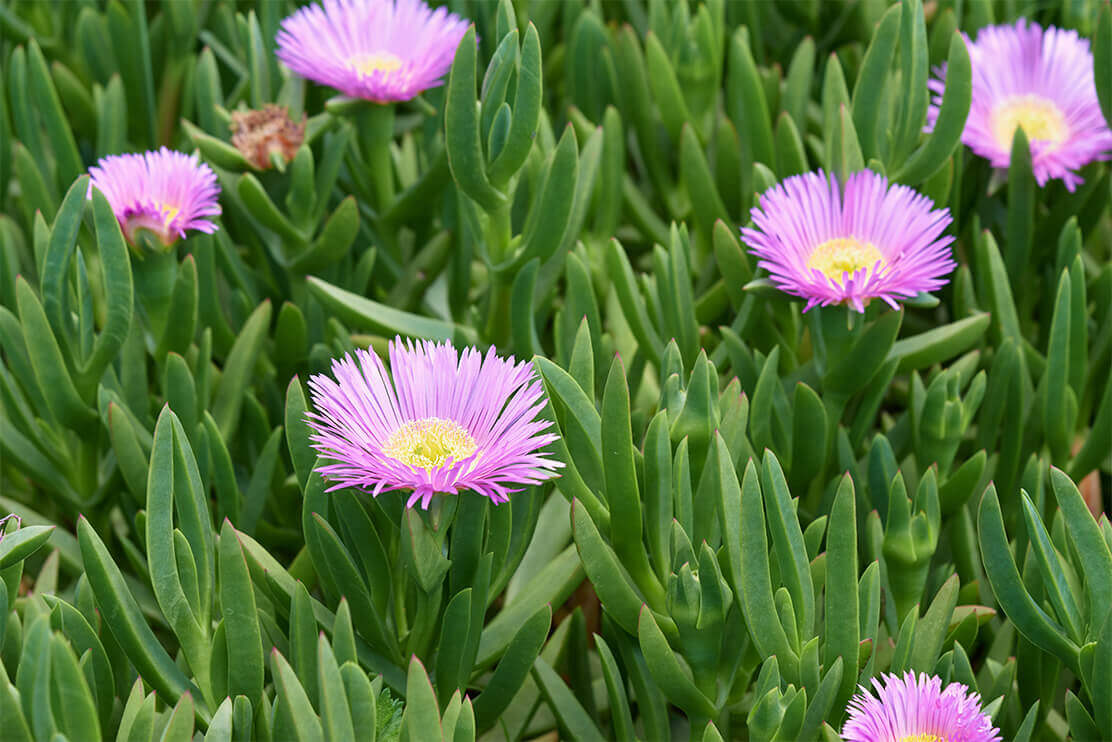
Pigface offers a vibrant splash of colour
And while the beauty of these natives is evident, they also have a critical role to play in protecting biodiversity and bolstering existing areas of remnant native vegetation. Many of the species provide habitats, shelter and food for local wildlife – from birds and bats to possums and spiders. The native groundcovers and grasses also help to filter impurities from the soil, as well as providing key nutrients back into the earth. 
Satoyama philosophy means supporting native wildlife and ecosystems, which in turn supports health and wellbeing of humans
So how can you embrace the philosophy of Satoyama and create your own ‘ribbon of green’ with a native backyard or balcony garden? It’s surprisingly simple.
Many native species can be adapted to smaller residential gardens and balconies; species such as Gymea Lily or Banksia Birthday Candles make great ‘architectural’ plantings. Creeping groundcovers such as Creeping Boobialla (Myoporum Parvifolium) or Pigface (Carpobrotus Glaucescens) can be used as a great space filler and require little to no maintenance. There are also flowering gum trees available which provide vibrant colour and will attract bird life, whilst only growing 5m tall. 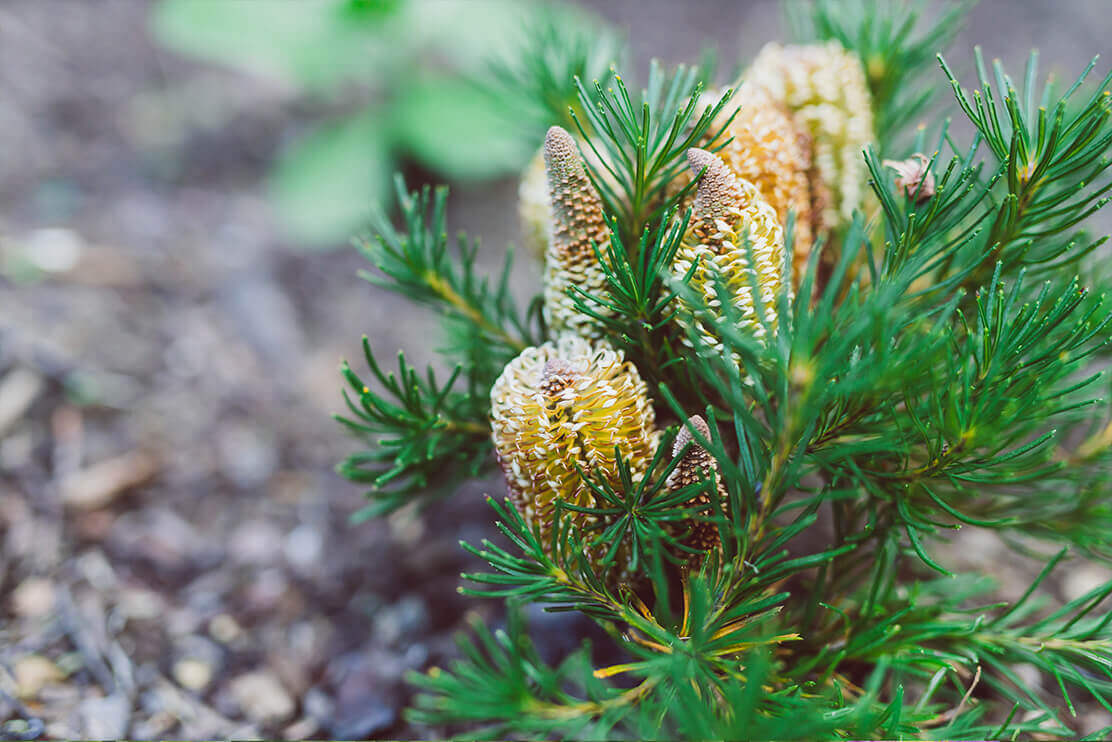
Banksia Birthday Candles make great 'architectural' plantings for smaller gardens
Our top tips to making your own native garden thrive:
- Native plants love the sun, so if you have a shady balcony or backyard, research your species to make sure you pick well
- Natives typically don’t like being wet, so make sure any pots you’re using have a free-draining layer of sand or gravel
- Use a speciality ‘Native – Low P’ potting mix (widely available at garden centres)
- Don’t kill your natives with kindness – these plants are tough and can handle a little neglect!
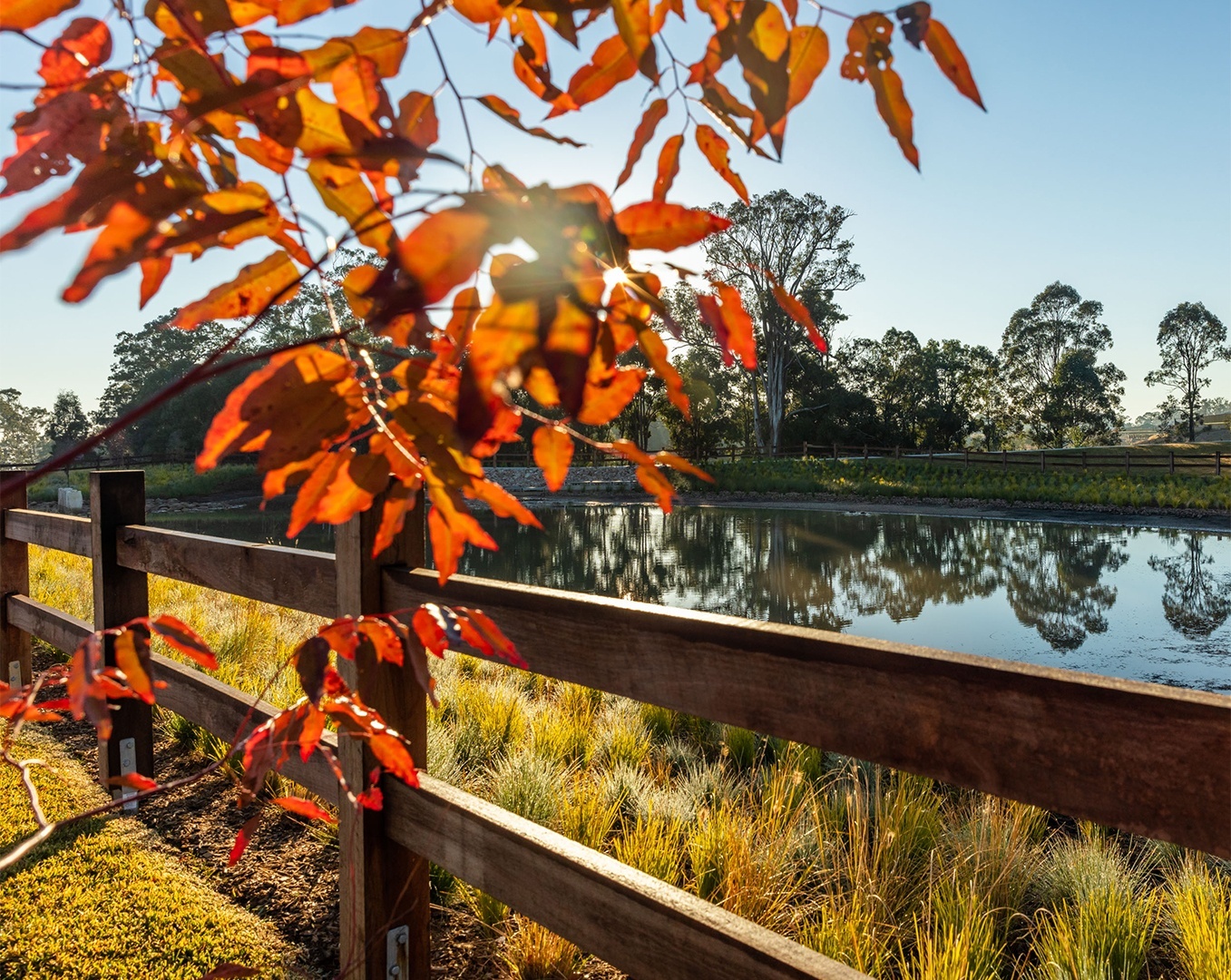
Find out more about living at Gledswood Hills.
